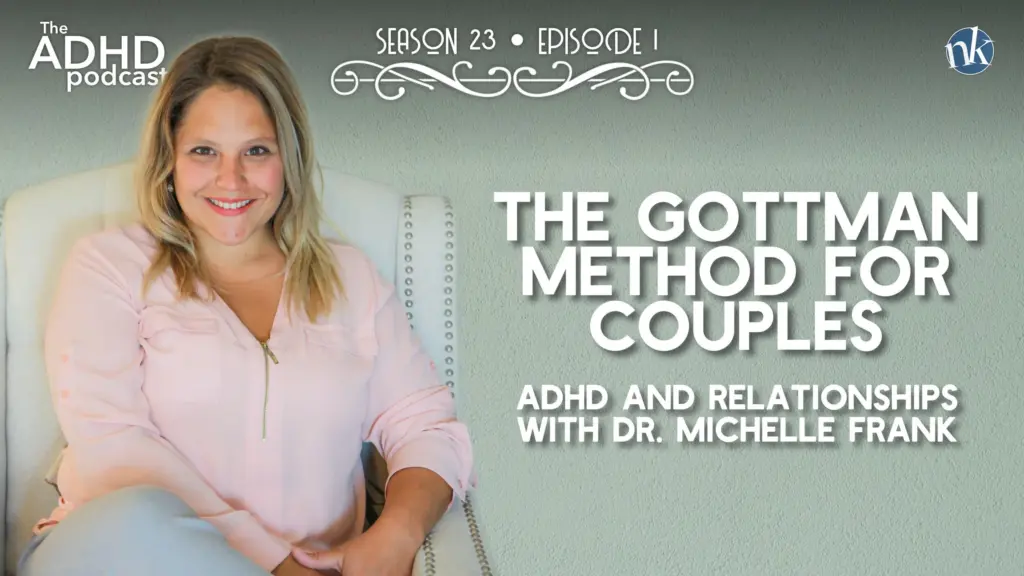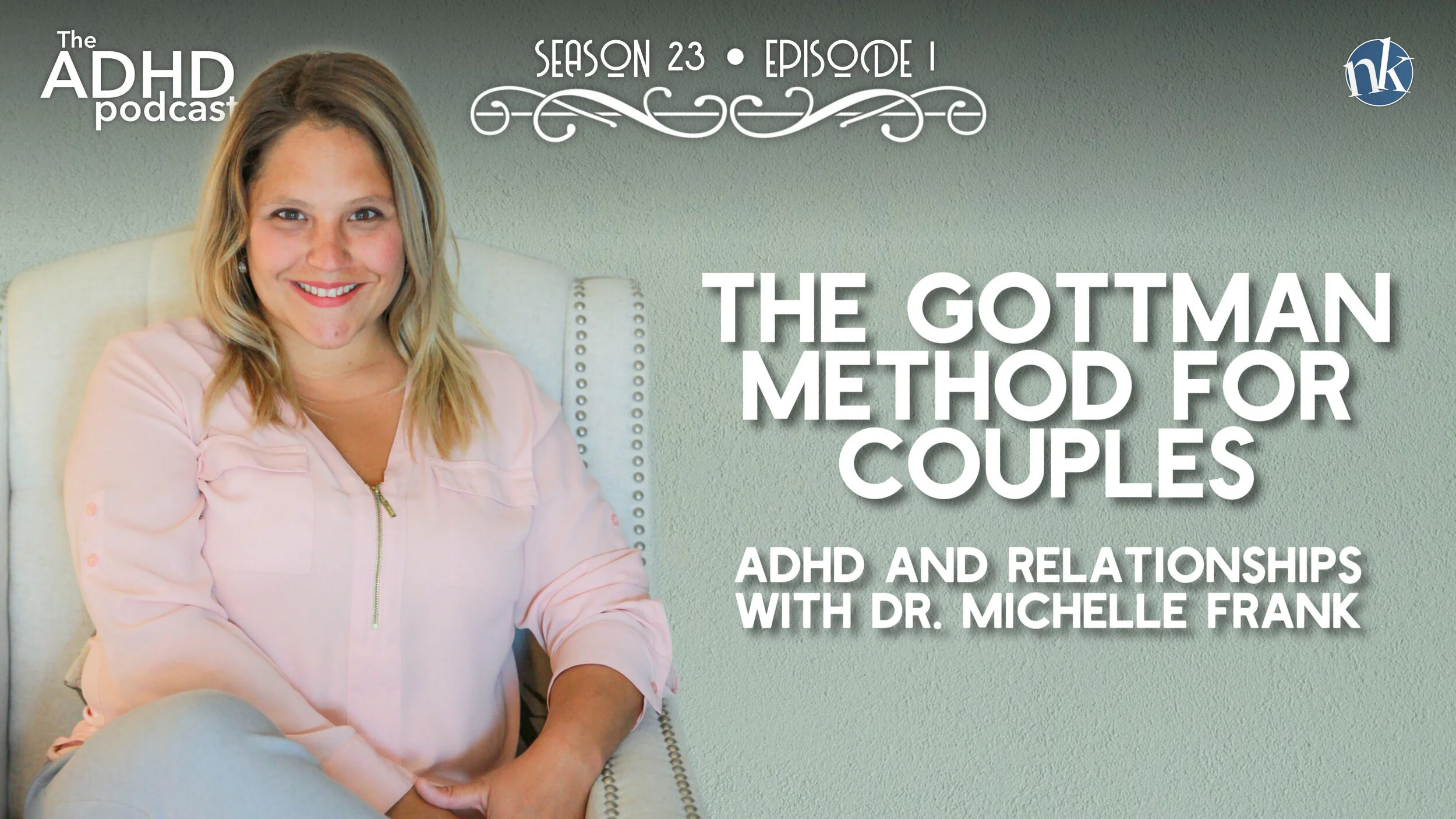
Decoding Emotions: A Comprehensive Guide to the Gottman Feeling Wheel
In the intricate dance of human relationships, understanding and articulating emotions is paramount. The Gottman Feeling Wheel, a tool developed by renowned relationship experts Drs. John and Julie Gottman, offers a structured approach to identifying and communicating feelings more effectively. This comprehensive guide explores the Gottman Feeling Wheel, its origins, how it works, and its profound impact on fostering emotional intelligence and healthier relationships.
The Genesis of the Gottman Feeling Wheel
The Gottman Feeling Wheel is rooted in decades of research on marital stability and relationship dynamics conducted by the Gottman Institute. Drs. John and Julie Gottman identified that emotional awareness and clear communication are crucial for building and maintaining strong, lasting connections. The wheel serves as a visual aid, helping individuals expand their emotional vocabulary and express themselves with greater precision.
Understanding the Structure of the Gottman Feeling Wheel
The Gottman Feeling Wheel is typically structured as a circular diagram divided into concentric rings. The innermost ring features a set of core emotions, such as happiness, sadness, anger, fear, and shame. Moving outward, subsequent rings offer more nuanced and specific variations of these core emotions. For instance, under the umbrella of ‘anger,’ one might find feelings like frustration, irritation, resentment, or rage. This hierarchical structure allows users to progressively delve deeper into their emotional landscape.
How to Use the Gottman Feeling Wheel Effectively
Using the Gottman Feeling Wheel is a straightforward process that can be incredibly insightful:
- Identify the Initial Emotion: Begin by acknowledging the general feeling you are experiencing. What is the primary emotion that comes to mind?
- Explore the Variations: Once you’ve identified the core emotion, explore the outer rings of the wheel. Do any of the more specific variations resonate with you? For example, if you initially identify ‘sadness,’ consider whether you are feeling disappointed, lonely, or grief-stricken.
- Articulate Your Feelings: Use the identified emotion to communicate your experience to others. Be clear and direct in expressing how you feel.
- Reflect and Validate: Take time to reflect on your emotions and validate your feelings. Acknowledge that your emotions are valid and worthy of attention.
Benefits of Using the Gottman Feeling Wheel
The Gottman Feeling Wheel offers numerous benefits for individuals and relationships:
- Enhanced Emotional Awareness: The wheel expands your emotional vocabulary, allowing you to identify and understand a wider range of feelings.
- Improved Communication: By providing specific language for emotions, the wheel facilitates clearer and more effective communication with others.
- Reduced Conflict: When individuals can accurately express their feelings, misunderstandings and conflicts are less likely to arise.
- Increased Empathy: Understanding your own emotions makes it easier to empathize with and understand the feelings of others.
- Strengthened Relationships: Open and honest communication about emotions fosters intimacy and strengthens bonds between partners, family members, and friends.
The Gottman Feeling Wheel in Therapy and Counseling
The Gottman Feeling Wheel is a valuable tool in therapy and counseling settings. Therapists often use the wheel to help clients explore their emotions, identify patterns, and develop healthier coping mechanisms. It can be particularly helpful for individuals who struggle to articulate their feelings or who have difficulty identifying the root causes of their emotional distress. [See also: Understanding Emotional Intelligence in Relationships]
Addressing Common Challenges with the Gottman Feeling Wheel
While the Gottman Feeling Wheel is a powerful tool, some individuals may encounter challenges when using it:
- Difficulty Identifying Emotions: Some people may struggle to identify their emotions, even with the aid of the wheel. This can be due to a lack of emotional awareness or a history of suppressing feelings.
- Overwhelm: The sheer number of emotions listed on the wheel can be overwhelming for some individuals. It may be helpful to start with the core emotions and gradually explore the variations.
- Resistance: Some people may resist using the wheel, viewing it as too simplistic or artificial. It’s important to approach the tool with an open mind and a willingness to explore your emotions.
The Gottman Feeling Wheel and Emotional Regulation
Beyond identification, the Gottman Feeling Wheel also plays a role in emotional regulation. By understanding the nuances of their emotions, individuals can develop strategies for managing and regulating their emotional responses. For instance, recognizing that you are feeling ‘frustrated’ rather than simply ‘angry’ can lead to more constructive problem-solving.
Integrating the Gottman Feeling Wheel into Daily Life
The Gottman Feeling Wheel isn’t just for therapy sessions; it can be integrated into daily life to enhance emotional intelligence and improve relationships. Consider the following:
- Regular Check-Ins: Take a few moments each day to check in with yourself and identify your emotions using the wheel.
- Relationship Discussions: Use the wheel as a guide during conversations with your partner, family members, or friends.
- Conflict Resolution: When conflicts arise, use the wheel to help identify the underlying emotions driving the disagreement.
- Personal Growth: Use the wheel as a tool for self-reflection and personal growth. Identify patterns in your emotions and explore ways to develop healthier emotional habits.
The Importance of Emotional Validation
A crucial aspect of using the Gottman Feeling Wheel is emotional validation. This involves acknowledging and accepting your own emotions and the emotions of others. Validation doesn’t mean agreeing with someone’s behavior, but rather recognizing that their feelings are valid and worthy of attention. For example, saying “I understand why you feel frustrated” can be incredibly validating, even if you don’t agree with the person’s actions. Emotional validation is a cornerstone of healthy relationships, fostering trust, empathy, and connection. [See also: Building Trust in Relationships: A Gottman Approach]
Beyond the Wheel: Expanding Emotional Intelligence
While the Gottman Feeling Wheel is a valuable tool, it’s important to remember that it’s just one component of emotional intelligence. Other key aspects include self-awareness, self-regulation, empathy, and social skills. Continuously working on these areas will further enhance your ability to understand and manage emotions, both your own and those of others.
Criticisms and Limitations of the Gottman Feeling Wheel
Despite its widespread use and popularity, the Gottman Feeling Wheel is not without its critics. Some argue that it can be overly simplistic, reducing complex emotions to a limited set of labels. Others suggest that it may not be culturally sensitive, as emotions can be expressed and experienced differently across cultures. Additionally, some individuals may find the wheel too clinical or detached, preferring a more intuitive approach to emotional exploration. It’s important to consider these limitations and adapt the use of the wheel to your own individual needs and preferences. However, the Gottman Feeling Wheel remains a widely used tool for increased emotional awareness.
The Future of Emotional Communication
In an increasingly interconnected world, the ability to understand and communicate emotions effectively is more important than ever. The Gottman Feeling Wheel represents a significant step forward in this area, providing a structured and accessible tool for enhancing emotional intelligence and improving relationships. As technology continues to evolve, it’s likely that we will see even more innovative tools and approaches emerge, further empowering individuals to navigate the complexities of human emotion. The Gottman Institute continues to research and refine its methods for understanding and improving relationships, ensuring that individuals have access to the best possible resources for building and maintaining healthy connections. The continued use of the Gottman Feeling Wheel in therapeutic and personal settings shows its value and lasting impact on how people understand and express their feelings. The Gottman Feeling Wheel can be a key component to a happier, healthier life. The Gottman Feeling Wheel is a valuable resource for anyone looking to improve their emotional intelligence.
Conclusion
The Gottman Feeling Wheel is a powerful tool for decoding emotions, improving communication, and fostering stronger relationships. By providing a structured approach to identifying and articulating feelings, the wheel empowers individuals to navigate the complexities of human emotion with greater confidence and clarity. Whether used in therapy, personal reflection, or everyday conversations, the Gottman Feeling Wheel can be a valuable asset in building a more emotionally intelligent and connected life.

